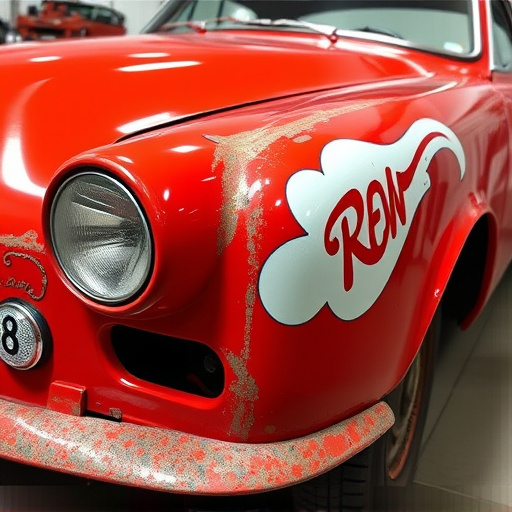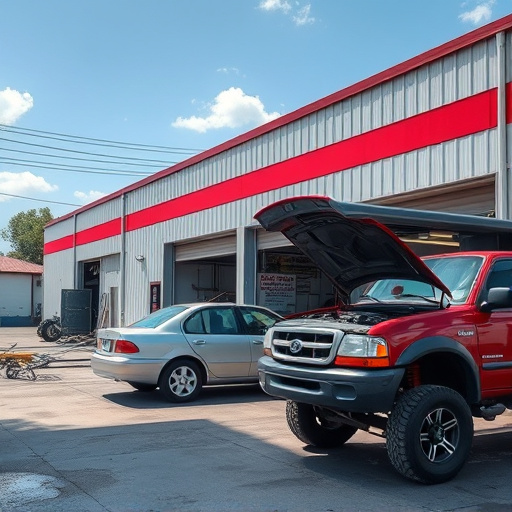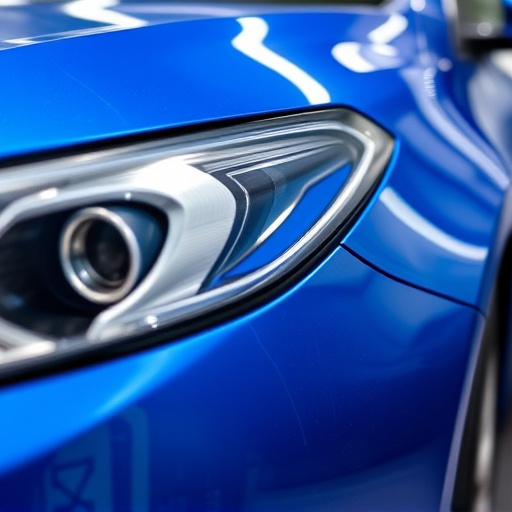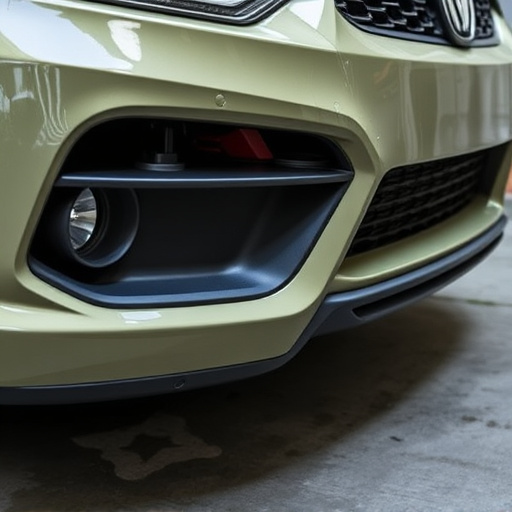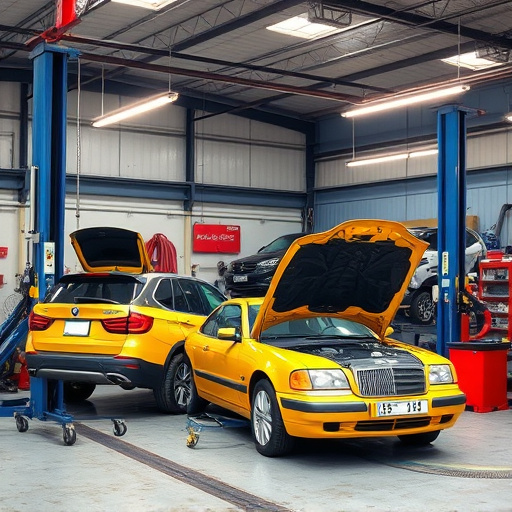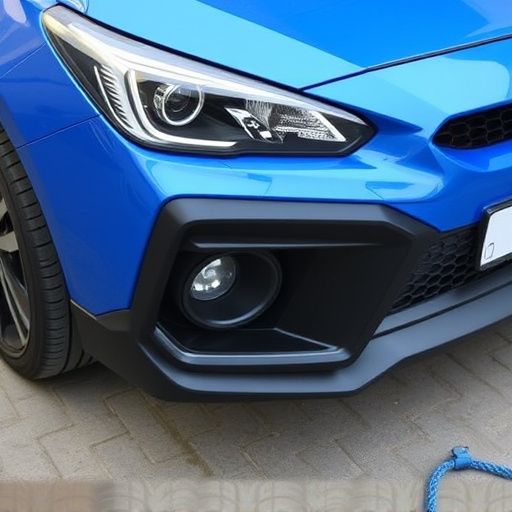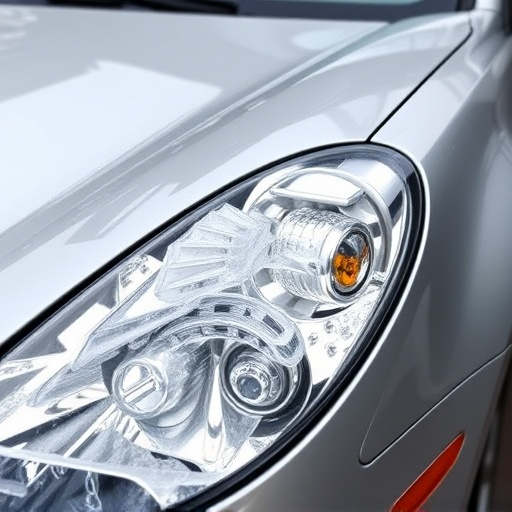Thoroughly prepare car surface by assessing damage, cleaning with mild soap and water, and drying with a microfiber towel. Remove dents using specialized tools like hand tools or air-powered extractors, preserving paintwork. Fill, sand, and polish damaged area for a smooth, seamless finish using dent filler, fine-grit paper, and buffer/polishing tool.
“Discover the art of dent repair without painting your car. This step-by-step guide unveils an effective process that restores your vehicle’s allure naturally. From assessing and preparing the car surface, to removing dents with specialized tools, and finally filling, sanding, and polishing for a seamless finish—each stage ensures a flawless repair. Learn how this method not only saves time but also preserves the original gloss, making it ideal for those seeking a professional touch without the conventional painting process.”
- Assess and Prepare the Car Surface
- Remove the Dent Using Specialized Tools
- Fill, Sand, and Polish for a Smooth Finish
Assess and Prepare the Car Surface
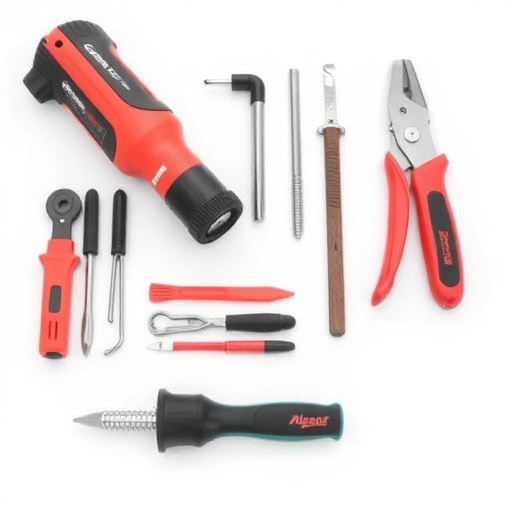
Before attempting any dent repair, it’s crucial to assess and prepare the car surface thoroughly. Start by inspecting the damage closely to determine the severity and extent of the dent. This step involves identifying whether it’s a shallow indent or a more significant depression that may require more complex techniques. Remember, proper preparation is key to achieving a seamless finish in dent repair without painting.
Next, ensure the car surface is clean and free from any debris, dirt, or grease. Use mild soap and water to gently wash the affected area, then carefully dry it with a microfiber towel. In some cases, you might need to remove any protective coatings or wax to gain access to the dented panel. This preparation phase sets the stage for effective dent removal techniques used in auto body repair shops, ensuring the best possible outcome for your vehicle’s appearance and overall vehicle body repair.
Remove the Dent Using Specialized Tools
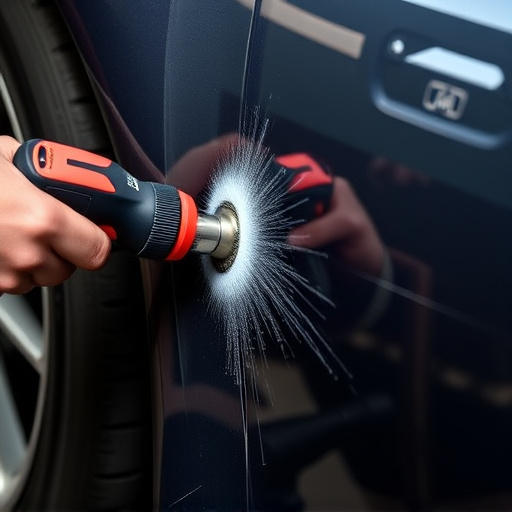
In the realm of dent repair without painting, the first step involves carefully removing the dent using specialized tools. This process requires precision and expertise to ensure no further damage occurs. Professionals utilize various hand tools or air-powered extractors designed specifically for this task. The chosen tool is inserted into the dented area, applying gentle yet firm pressure to pop the dent back to its original position. This method is particularly effective for minor dents and scratches, a common concern in vehicle dent repair, ensuring the integrity of the paintwork remains intact.
For more intricate cases, such as those found in Mercedes Benz repairs, additional techniques might be employed. These could include using a putty knife to carefully pry away the damaged panel or applying heat with a hairdryer to loosen the dent before extraction. The goal is always to achieve a seamless finish, making the repaired area nearly invisible, much like a successful scratch repair job.
Fill, Sand, and Polish for a Smooth Finish
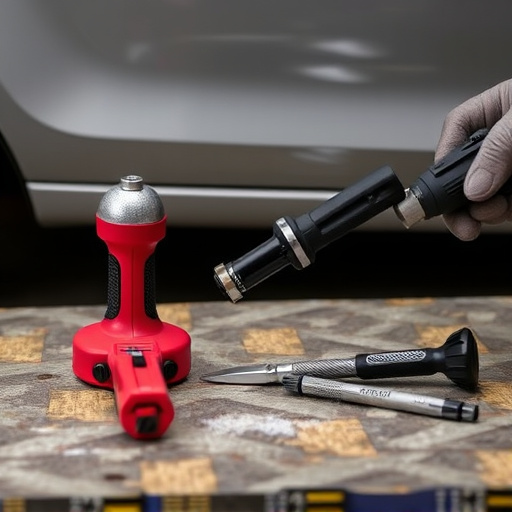
After successfully removing the dent, the next step in the dent repair without painting process is to fill, sand, and polish the damaged area for a smooth finish. Begin by applying a high-quality dent filler or putty to the dented surface. This material will help to smooth out any imperfections and provide a base for subsequent steps. Allow the filler to dry completely, then lightly sand the area using fine-grit sandpaper to ensure an even surface.
Once the area is thoroughly sanded, use a buffer or polishing tool to remove any remaining scratches and achieve a glossy finish. This step not only enhances the cosmetic appearance of the repair but also prepares the surface for future coatings, ensuring long-lasting protection without the need for traditional car paint repair. Remember, proper sanding and polishing are crucial aspects of dent repair without painting, as they contribute to a seamless blend with the surrounding car body panels, making it virtually indistinguishable from the original finish.
By following these meticulous steps—assessing and preparing the car surface, removing the dent using specialized tools, and filling, sanding, and polishing for a smooth finish—you can expertly achieve dent repair without painting. This method not only preserves the original paint job but also delivers a flawless, seamless result that’s sure to impress.
